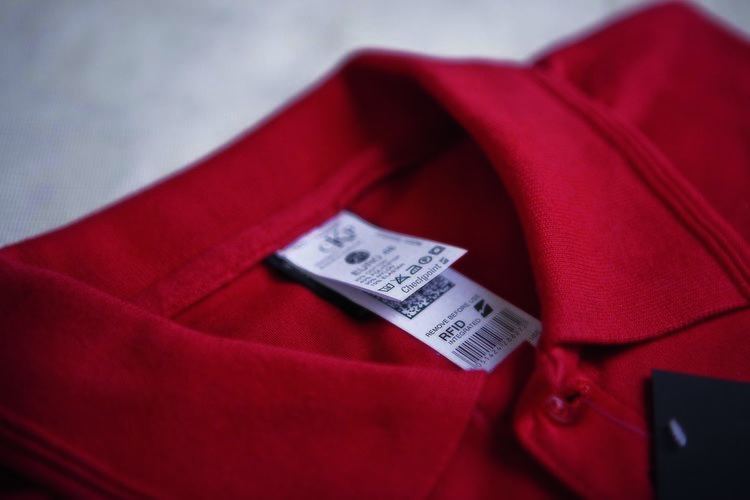Area served Worldwide Number of employees 4,700 | Traded as NYSE: CKP Founded 1969 | |
 | ||
Industry RetailShrink ManagementApparel Labeling SolutionsRFID Key people George Babich Jr. (CEO) Website www.checkpointsystems.com Subsidiaries OATSystems, Checkpoint Caribbean Ltd Parent organizations CCL Industries, Checkpoint Systms, Inc. Profiles | ||
Checkpoint systems label types
Checkpoint Systems is a provider of merchandise availability solutions for the retail industry, encompassing loss prevention and merchandise visibility. Checkpoint provides solutions for retailers to achieve accurate real-time inventory, accelerate the replenishment cycle, prevent out-of-stocks and reduce theft to improve merchandise availability and the shopper’s experience. Checkpoint offers Electronic Article Surveillance (EAS) radio frequency solutions for retail, high-theft and loss-prevention solutions, RFID hardware, software, and labeling capabilities to brand, secure and track merchandise from source to shelf. Checkpoint operates across America, Europe and Asia Pacific and employs more than 4,700 people worldwide.
Contents
- Checkpoint systems label types
- Checkpoint systems classic style system
- History
- The Company is Formed
- Acquisitions and Global Reach
- References
Checkpoint systems classic style system
History
Checkpoint began in the United States during the 1960s when a team of researchers working at a privately held converter of paperboard and paper invented Patent No. 3,534,358, the CHECKPOINT system. The team’s leader, Peter Stern, who was president of the Board of Library Directors in the city of Philadelphia, was deeply concerned about the widespread theft of books from public libraries. He believed this was a problem his team could tackle and that a system could be developed to prevent books from being stolen.
The Company is Formed
The CHECKPOINT system was based on sheets of non-ferrousmetal laminated into flexible tags, which reacted with magnetic metal-detection technology housed in a turnstile. Trim and unobtrusive, these paper tags could be placed inside book covers. In 1969, Checkpoint Systems was formed as a wholly owned subsidiary of Logistics Industries Corporation. Eight years later, on June 30, 1977, Checkpoint was spun off from its parent and began trading on NASDAQ under the symbol CHECK. By then, the company’s CHECKPOINT technology was already being adapted for use in retail.
During the next 20 plus years, Checkpoint Systems implemented RF electronic article surveillance (EAS) across different stores and in October 1993, the company’s common stock began trading on the New York Stock Exchange under the symbol CKP. Its operations expanded through acquisitions, and in the mid 1990s, after purchasing two European systems manufacturers, Checkpoint established direct access to the European market. Its security systems were marketed to retail customers, including drug store chains, hypermarkets, supermarkets, mass merchandisers, discount stores and electronics retailers, as well as libraries in the United States.
Acquisitions and Global Reach
In 1999, Checkpoint broadened its product offering with the purchase of METO, a German provider of handheld labeling systems used by food and discount retailers to brand and price mark merchandise. The newly acquired company doubled Checkpoint’s revenues and helped to expand relationships with European retailers. Two years later, Checkpoint bought A.W. Printing Inc., a U.S.-based printer of tickets, tags and labels for apparel retailers and brand owners. This acquisition expanded the company’s label printing operations and gave entrée to customers in the soft goods market segment. By the mid 2000s, Checkpoint had a source tagging program, facilitated by the company’s service bureau business. Check-Net®, a web-based platform, started to provide apparel retailers and brand owners with a repository and logistics service to manage all their retail labeling needs. In 2006, Checkpoint further expanded its source tagging business with new print technology and production capabilities through the purchase of ADS Worldwide, a UK-based supplier of apparel labels, tags and trim products.
Over the next five years, several acquisitions enabled Checkpoint to extend its offering of merchandise availability applications for retailers:
